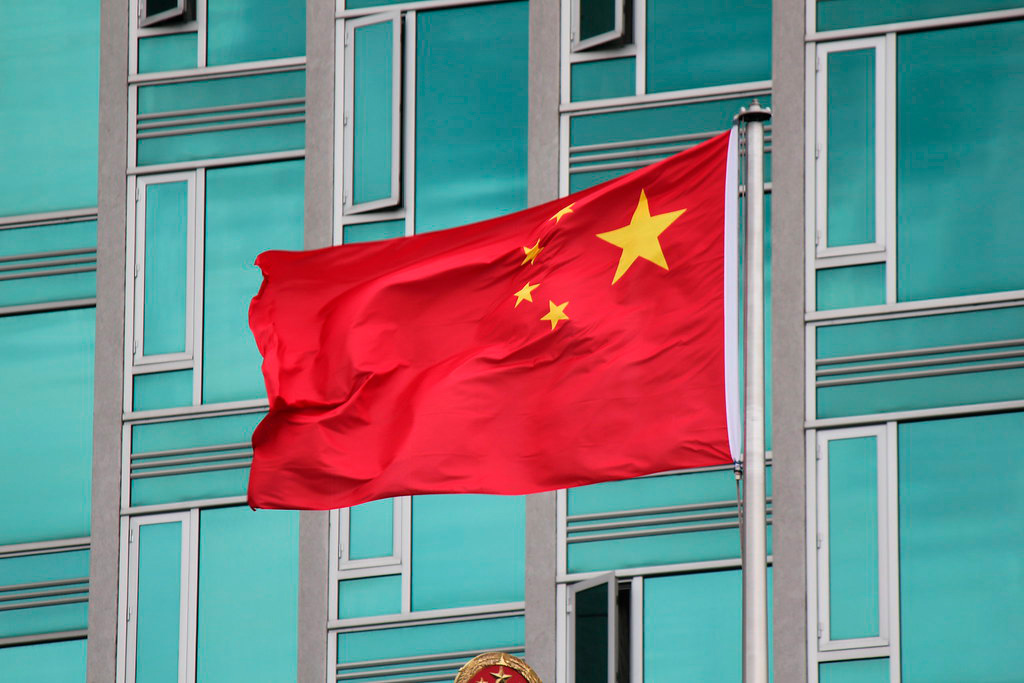Linn Maung
A recent Radio Free Asia (RFA) report, citing insider sources from Cambodia, reveals that China is set to provide the Cambodian navy with two warships, a deep-draft pier capable of accommodating aircraft carriers, and other facilities at a coastal base. Approximately 100 Chinese naval personnel have been working tirelessly at the Ream naval facility in the Gulf of Thailand to prepare it for the handover, expected by the end of September. The base, built and funded entirely by China, has remained off-limits to Cambodian employees. EurAsian Times could not independently verify these claims. In February, EurAsian Times reported on the base’s construction progress, based on satellite imagery analysed by defence analyst Tom Shugart.
By January 2024, the northern section of the base featured numerous structures, streets, and foundations. Large fuel tanks indicated potential use by Chinese vessels. Reports of an aircraft carrier pier have circulated for over a year, with last year’s updates suggesting its near completion. This claim was supported by images from Black Sky, a U.S. commercial imagery firm tracking the construction.
Photographs from July 2023 show a nearly completed pier at Ream Naval Base, resembling the one used by the Chinese military in Djibouti. This supports RFA’s intriguing claims. The aircraft carrier-size pier and dry dock facilities at Ream would extend the People’s Liberation Army Navy’s (PLAN) presence in the Bay of Bengal, potentially shifting the regional power balance.
Some analysts believe that the two nations might have struck a deal, granting the Chinese navy preferential access to the new base in exchange for warships and a significant naval facility. This base has so far refused docking privileges to Western vessels. If these suspicions are accurate, Chinese ships and aircraft carriers could be docking in Cambodia in the near future. During a visit to the base, an RFA reporter observed two PLAN warships docked at the new pier, near an area under construction. The reporter also noted new buildings, along with trucks and cranes involved in the construction work.
EurAsian Times reports that Chinese warships have been docked in Cambodia for several weeks. The vessels first arrived in early December last year. By April, satellite images showed that the ships had remained at the base for most of the preceding five months, raising concerns about a permanent Chinese military presence. According to an RFA report, the two warships, identified as PLAN’s Type 056A missile corvettes (hull numbers 630 and 631), and new facilities are to be handed over to the Cambodian navy. Since December, the Chinese military has been training Cambodian naval personnel to operate these ships.
Cambodia maintains that the People’s Liberation Army Navy (PLAN) is not using Ream’s facilities as a military base, but this has not eased concerns among China’s adversaries, especially the United States. Despite Cambodia’s denials of any plans to grant access to the PLAN, the U.S. has expressed alarm and issued warnings about Ream’s potential development as China’s first military facility in the Indo-Pacific. Meanwhile, cooperation between Cambodia and China has quietly accelerated.
Strategically located near the Gulf of Thailand’s entrance, the Ream facility has long served as a gateway for the Cambodian navy into the South China Sea and beyond. This has raised alarms in the West and among China’s regional rivals, who fear the base could eventually become a Chinese Navy outpost due to its expansion with Chinese assistance.
The Malacca Strait shipping lanes could become a significant choke point in a conflict involving the US and its regional allies. Access to Ream Naval Base would bolster Beijing’s naval operations in this area. In a South China Sea conflict, China could leverage such facilities to block the Malacca Strait, hindering reinforcements for its adversaries. China’s vast fleet is limited by the lack of a global network of bases and logistical support. Thus, Beijing aims to build a fully operational blue-water navy for worldwide operations, with the Indo-Pacific being the most strategic location for these facilities.
This would enable Beijing to project its naval power more effectively throughout the Indo-Pacific and beyond, granting the PLA Navy greater freedom and capability in distant waters. The US government has warned that the Ream naval base is being covertly transformed into China’s second overseas military base after Djibouti. China and Cambodia have a long history of military collaboration, recently highlighted by their joint exercises. Cambodian authorities assert that the latest developments at Ream are merely efforts to enhance their military capabilities. Cambodia’s constitution prohibits hosting foreign bases, but the US and South China Sea nations are closely monitoring the situation.
#MeKongNews

